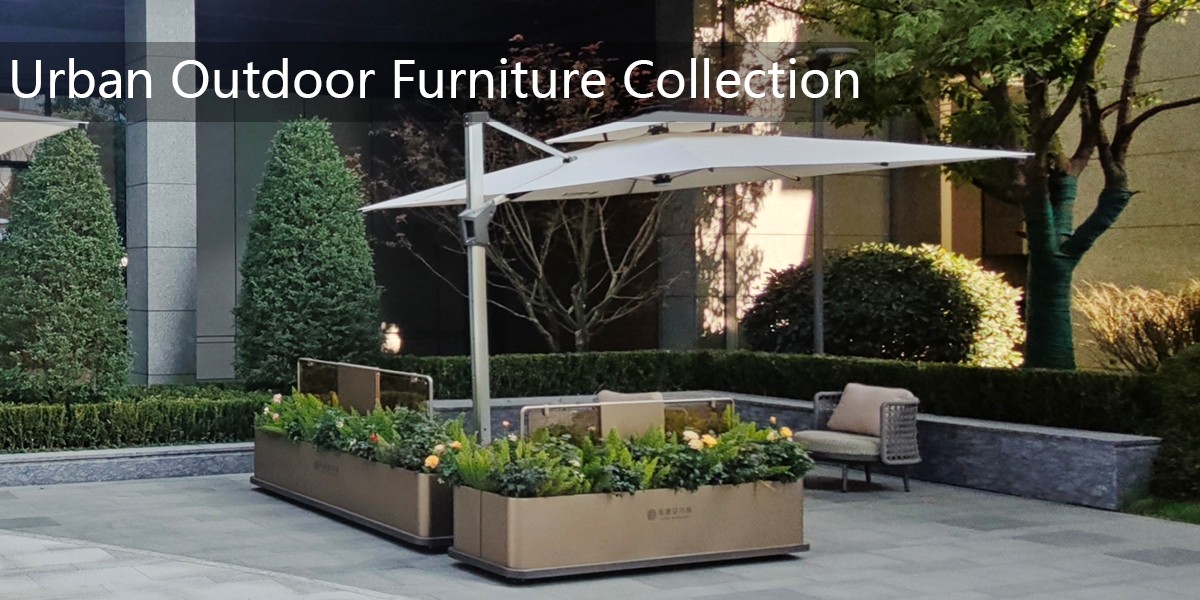Outdoor sculptures often employ geometric shapes to create visually striking and structurally sound artworks that enhance public spaces. Geometric forms—such as cubes, spheres, pyramids, and abstract polygons—provide clarity, balance, and a sense of order, making sculptures more engaging from multiple viewpoints. Artists use these shapes to play with light, shadow, and perspective, ensuring the artwork interacts dynamically with its environment.
For example, minimalist sculptures rely on clean lines and sharp angles to convey simplicity and elegance, while large-scale installations may use repetitive geometric patterns to evoke rhythm and movement. Materials like steel, concrete, and glass further emphasize the precision of geometric designs, allowing sculptures to withstand outdoor conditions while maintaining aesthetic integrity.
Beyond aesthetics, geometric shapes in sculptures often carry symbolic meanings. Circles can represent unity, triangles suggest stability, and spirals evoke growth. By integrating these forms, artists create pieces that resonate emotionally while harmonizing with urban or natural landscapes. Whether abstract or representational, geometric sculptures transform ordinary spaces into thought-provoking landmarks, blending art, mathematics, and architecture seamlessly.


